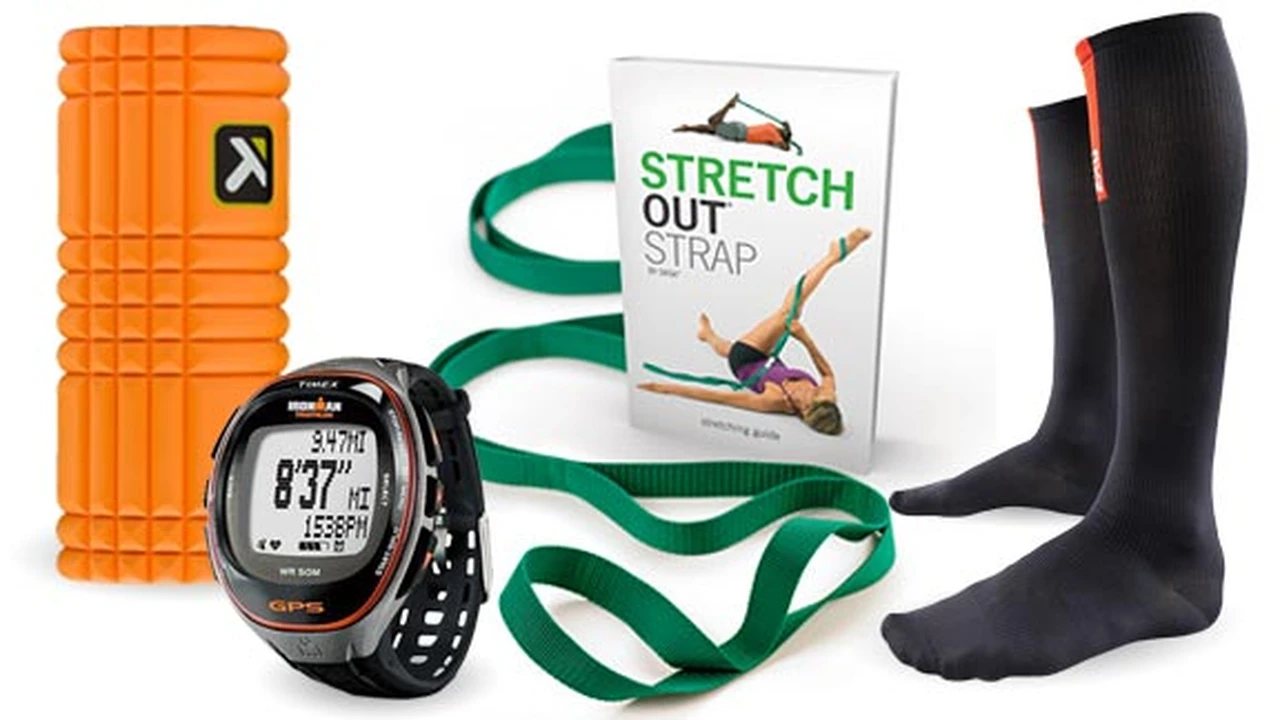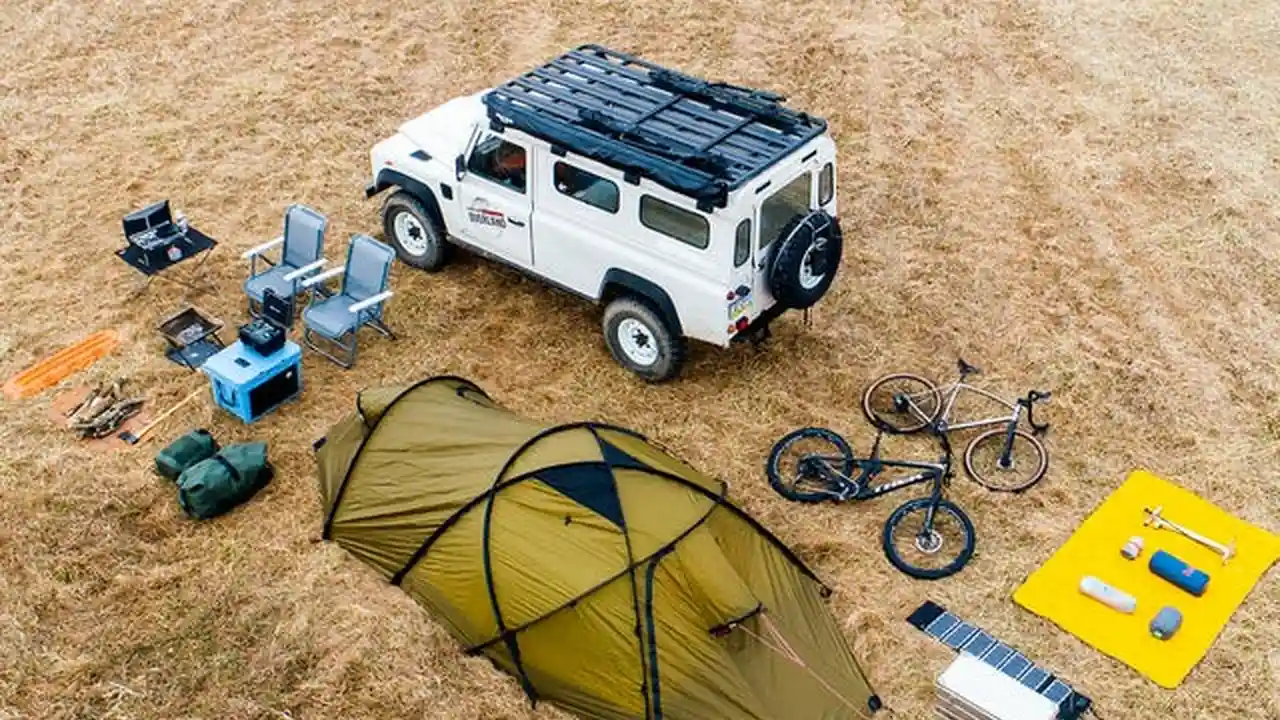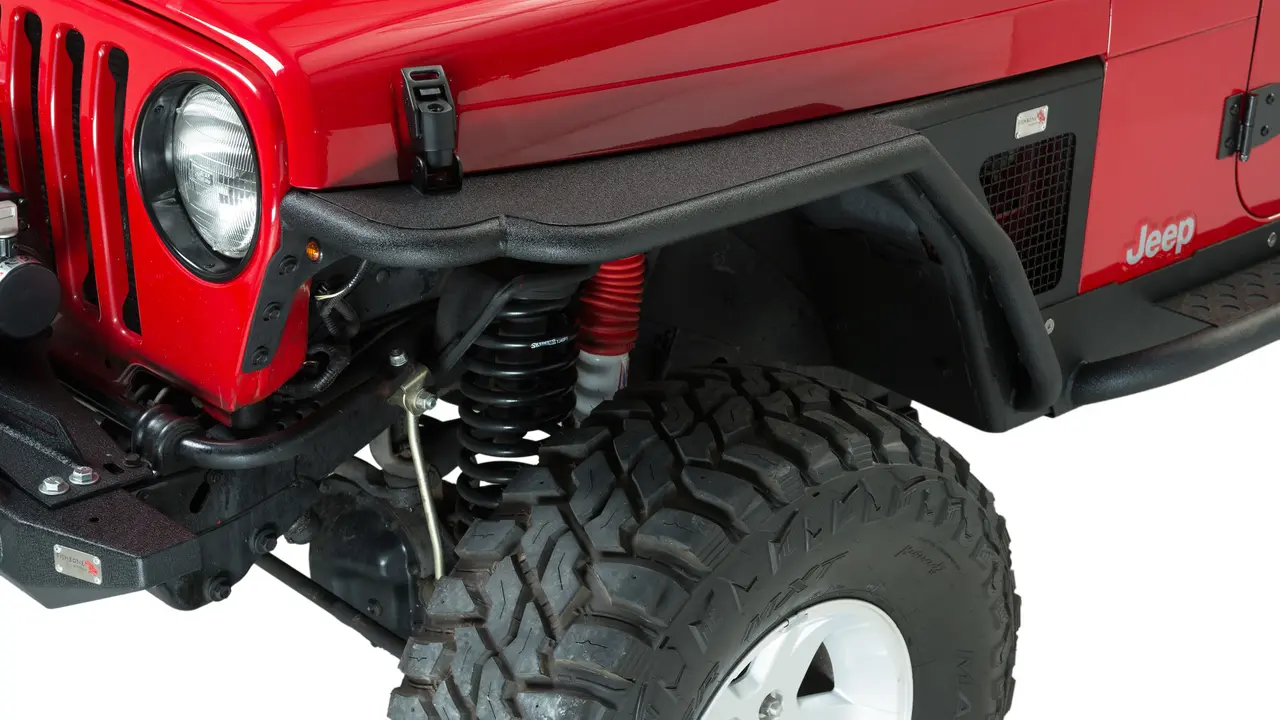Maintaining Your Winch & Recovery Gear: A Guide

Proper maintenance is essential for long-lasting winches and recovery gear. Follow our guide to maintain your off-road equipment. Prevent rust and damage and ensure optimal performance. Keep your vehicle running smoothly and safely on the trails with our expert tips.
Why Winch & Recovery Gear Maintenance Matters So Much
Let's be honest, off-roading is tough on your gear. Your winch and recovery equipment get exposed to mud, water, sand, and all sorts of abrasive elements. Ignoring maintenance is like ignoring a nagging cough – it'll only get worse and more expensive to fix later. Regular maintenance ensures your gear is ready when you need it most, preventing breakdowns and potentially dangerous situations on the trail. Plus, it saves you money in the long run by extending the lifespan of your investment.
Winch Maintenance: Keeping Your Pulling Power Strong
Cleaning Your Winch: Removing Mud, Grime, and Debris
After every off-road trip, give your winch a thorough cleaning. Start by using a pressure washer (at a safe distance!) to remove loose mud and debris. Be careful not to blast water directly into the winch motor or control box, as this can cause damage. Use a soft brush and mild soap to scrub away any remaining grime. Rinse thoroughly with clean water and allow the winch to air dry completely. Pay special attention to the winch line, cleaning it separately as described below.
Winch Line Inspection and Care: Synthetic Rope and Steel Cable
Your winch line is arguably the most critical part of your winch system. Whether you have synthetic rope or steel cable, regular inspection and care are vital.
Synthetic Winch Rope Maintenance
Synthetic rope is lightweight and strong, but it's also more susceptible to abrasion and UV damage than steel cable. Here's how to keep it in top shape:
- Inspection: Look for frays, cuts, or any signs of damage along the entire length of the rope. Pay close attention to areas that come into contact with the winch drum or fairlead. If you find any significant damage, replace the rope immediately.
- Cleaning: Synthetic rope can be cleaned with mild soap and water. Use a soft brush to scrub away any dirt or mud. Rinse thoroughly and allow the rope to air dry completely. Avoid using harsh chemicals or bleach, as they can weaken the fibers.
- Storage: When not in use, store your synthetic rope in a cool, dry place away from direct sunlight. UV exposure can degrade the fibers over time. Consider using a winch cover to protect the rope from the elements.
- Re-spooling: Periodically re-spool your synthetic rope under tension to ensure it's properly seated on the winch drum. This helps prevent bunching and uneven wear. To do this, attach the winch line to a secure anchor point and slowly winch it in under a moderate load.
Steel Cable Maintenance
Steel cable is durable and resistant to abrasion, but it's also heavier and more prone to rust than synthetic rope. Here's how to keep it in good condition:
- Inspection: Look for kinks, frays, or broken strands along the entire length of the cable. Pay close attention to areas that come into contact with the winch drum or fairlead. If you find any significant damage, replace the cable immediately. Also, check for signs of rust.
- Cleaning: Steel cable can be cleaned with a wire brush to remove loose dirt and rust. Apply a thin coat of lubricant (such as WD-40 or a specialized cable lubricant) to prevent further rusting. Wipe off any excess lubricant to avoid attracting dirt.
- Lubrication: Regular lubrication is essential for preventing rust and reducing friction. Apply a thin coat of lubricant to the entire length of the cable every few months, or more often if you frequently use your winch in wet or muddy conditions.
- Re-spooling: Periodically re-spool your steel cable under tension to ensure it's properly seated on the winch drum. This helps prevent bunching and uneven wear. To do this, attach the winch line to a secure anchor point and slowly winch it in under a moderate load. Be extremely careful when handling steel cable, as broken strands can be sharp. Wear gloves!
Fairlead Maintenance: Smooth Operation for Your Winch Line
The fairlead guides your winch line onto the drum and helps prevent abrasion. There are two main types of fairleads: roller fairleads and hawse fairleads.
Roller Fairlead Maintenance
Roller fairleads use rollers to guide the winch line. These rollers need to be kept clean and lubricated to ensure smooth operation. Periodically clean the rollers with a brush and apply a light coat of grease. Check the rollers for any signs of damage or wear and replace them if necessary.
Hawse Fairlead Maintenance
Hawse fairleads are solid pieces of metal with a smooth opening for the winch line. These fairleads require less maintenance than roller fairleads, but they still need to be kept clean and free of debris. Periodically clean the fairlead with a brush and check for any signs of damage or wear. If you're using synthetic rope, make sure the hawse fairlead is designed for synthetic rope, as steel fairleads can damage the fibers.
Winch Motor and Control Box Maintenance: Electrical Connections and Corrosion Prevention
The winch motor and control box are the heart of your winch system. Protecting them from moisture and corrosion is crucial for reliable operation.
- Inspection: Periodically inspect the electrical connections for any signs of corrosion or damage. Clean any corroded connections with a wire brush and apply a dielectric grease to prevent further corrosion.
- Sealing: Make sure the winch motor and control box are properly sealed to prevent water from entering. If you notice any leaks, reseal the components with silicone sealant.
- Storage: When not in use, store your winch in a dry place to prevent corrosion. Consider using a winch cover to protect the motor and control box from the elements.
Recovery Gear Maintenance: Keeping Your Accessories Ready
Shackles and D-Rings: Inspection and Lubrication
Shackles and D-rings are essential for connecting recovery gear. Inspect them regularly for any signs of damage, such as bent pins or cracked bodies. Lubricate the threads with grease to prevent them from seizing up. Never use shackles or D-rings that are damaged or have been subjected to excessive loads.
Recovery Straps: Cleaning and Storage
Recovery straps are used to tow vehicles and extract them from difficult situations. Clean your recovery straps after each use with mild soap and water. Inspect them for any signs of damage, such as cuts, frays, or tears. Store your recovery straps in a dry place away from direct sunlight. Never store a wet recovery strap, as this can lead to mildew and rot.
Gloves: Keeping Your Hands Safe
Gloves are essential for protecting your hands during winching and recovery operations. Use heavy-duty gloves made from leather or synthetic materials. Inspect your gloves regularly for any signs of damage, such as tears or holes. Replace your gloves when they become worn or damaged.
Tree Savers: Protecting the Environment
Tree savers are used to protect trees from damage during winching operations. Inspect your tree savers regularly for any signs of damage, such as cuts or tears. Replace your tree savers when they become worn or damaged. Always use tree savers when winching from trees, and never wrap the winch line directly around the tree trunk.
Product Recommendations and Comparisons
Winch Line Lubricants:
- WD-40 Specialist Water Resistant Silicone Lubricant: Good for general lubrication and corrosion protection. Around $10 per can. Great for steel cables.
- Fluid Film: Excellent for long-term corrosion protection, especially in harsh environments. Around $15 per can. A good all-around choice.
- Specifically designed Synthetic Rope Lubricants: These are available from various winch rope manufacturers and are designed to penetrate and protect synthetic fibers. Prices vary.
Recovery Strap Options:
- ARB Recovery Strap: Known for its high quality and durability. Prices range from $50 to $100 depending on the size and capacity. A reliable choice.
- Smittybilt Recovery Strap: More budget-friendly option that still offers good performance. Prices range from $30 to $60.
- Bubba Rope: Kinetic energy recovery ropes, designed to stretch and provide a powerful pull. More expensive, starting around $150, but highly effective.
Shackle and D-Ring Brands:
- Warn: High-quality shackles and D-rings known for their strength and durability. Prices range from $30 to $50 per shackle.
- Factor 55: Premium shackles and D-rings with innovative designs and high safety ratings. Prices range from $50 to $100 per shackle.
- Rugged Ridge: More affordable option that still offers good performance. Prices range from $20 to $40 per shackle.
Final Thoughts
Taking the time to properly maintain your winch and recovery gear is an investment in your safety and the longevity of your equipment. By following these tips, you can ensure that your gear is always ready when you need it most, allowing you to confidently tackle any off-road adventure.
:max_bytes(150000):strip_icc()/277019-baked-pork-chops-with-cream-of-mushroom-soup-DDMFS-beauty-4x3-BG-7505-5762b731cf30447d9cbbbbbf387beafa.jpg)






